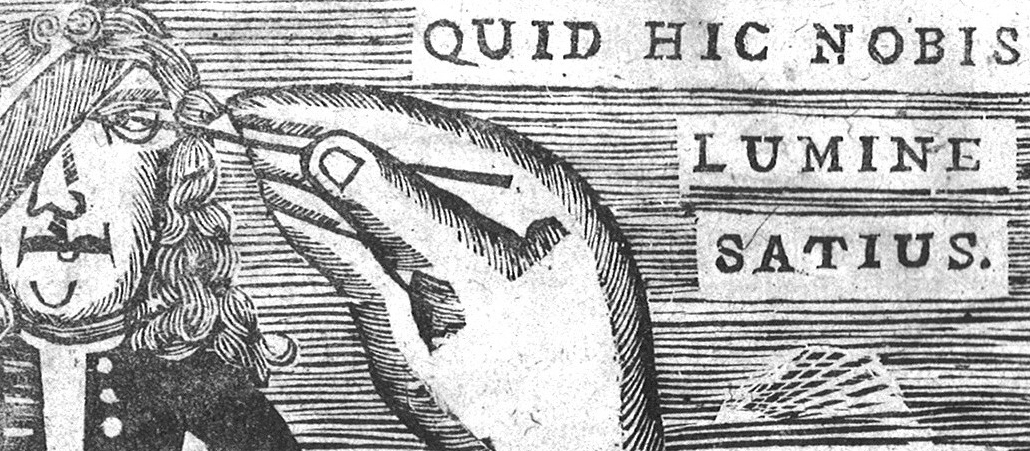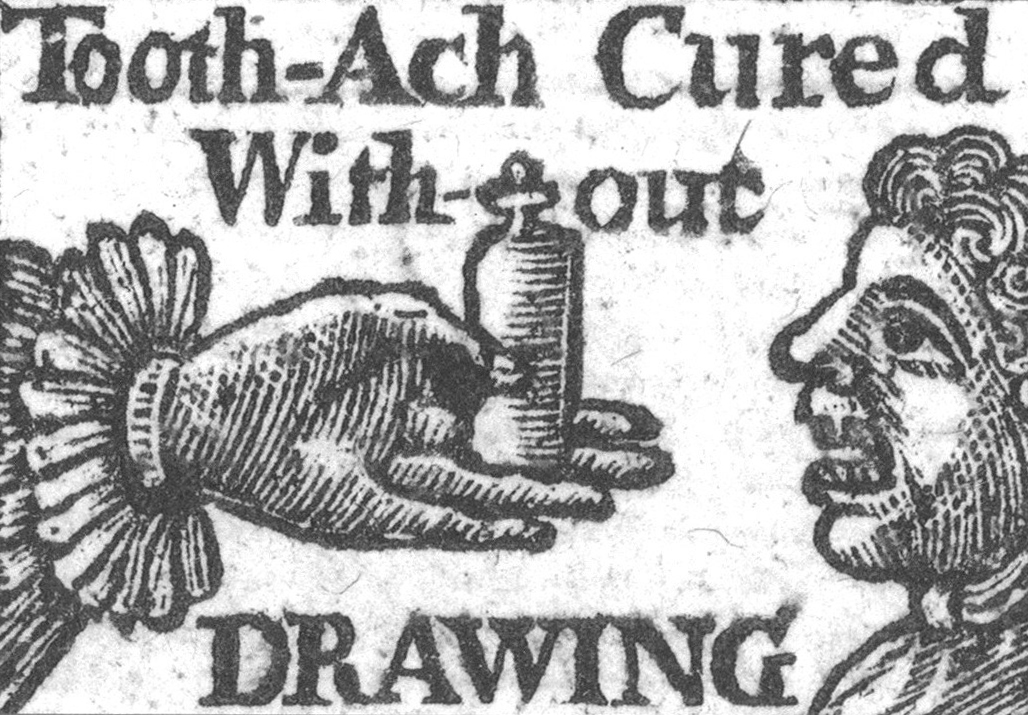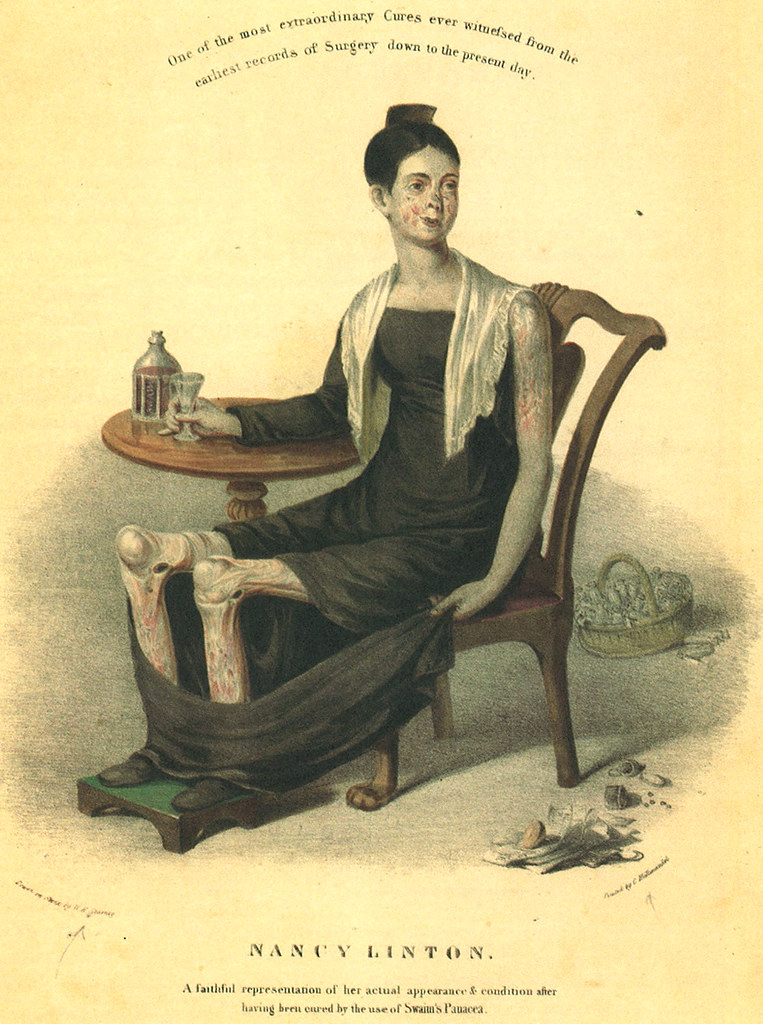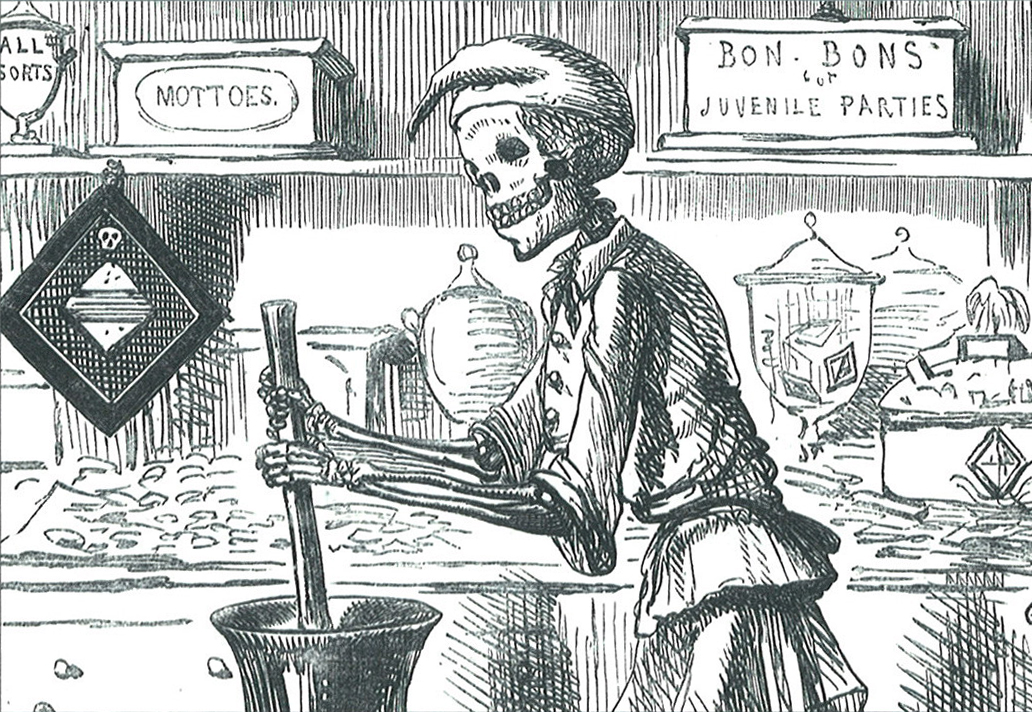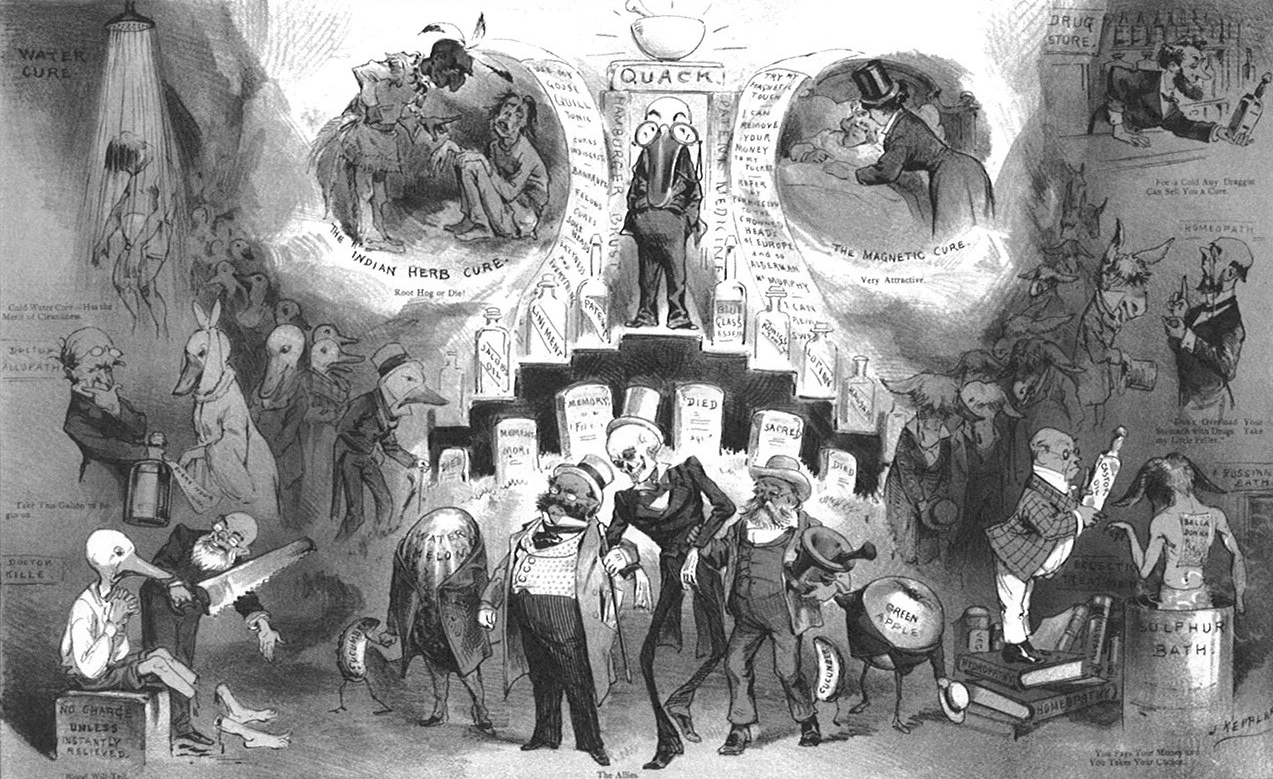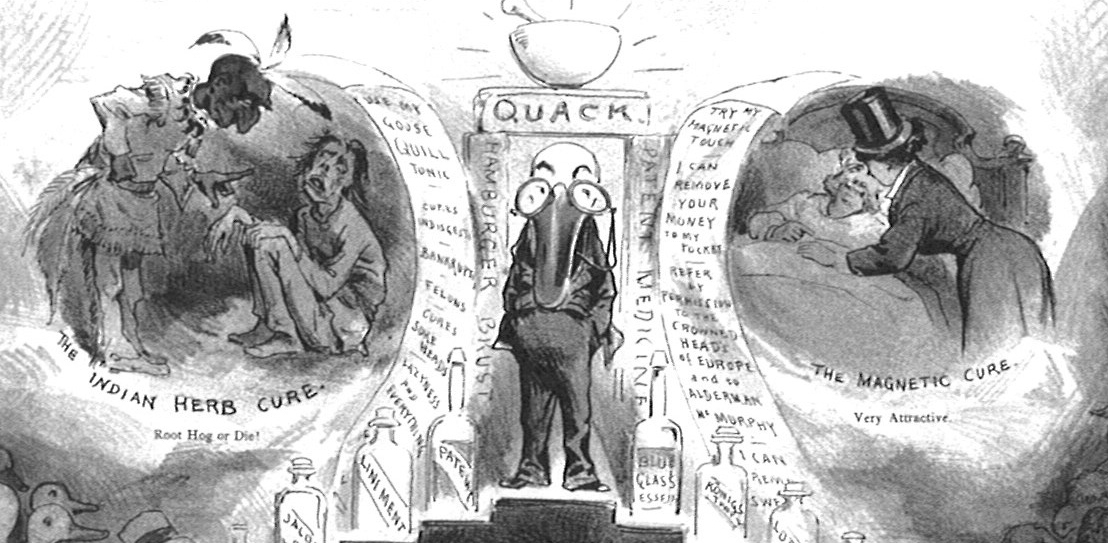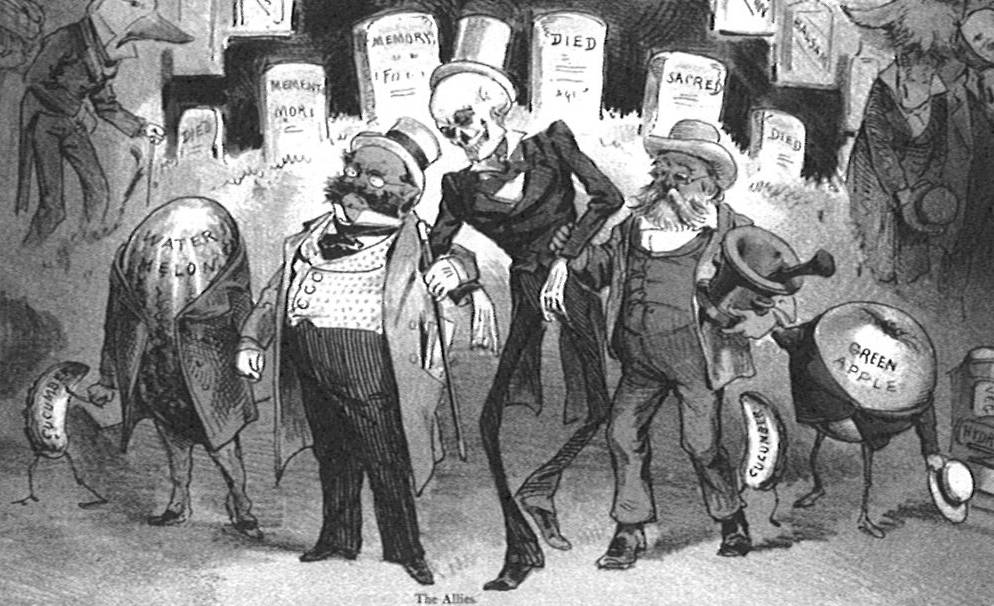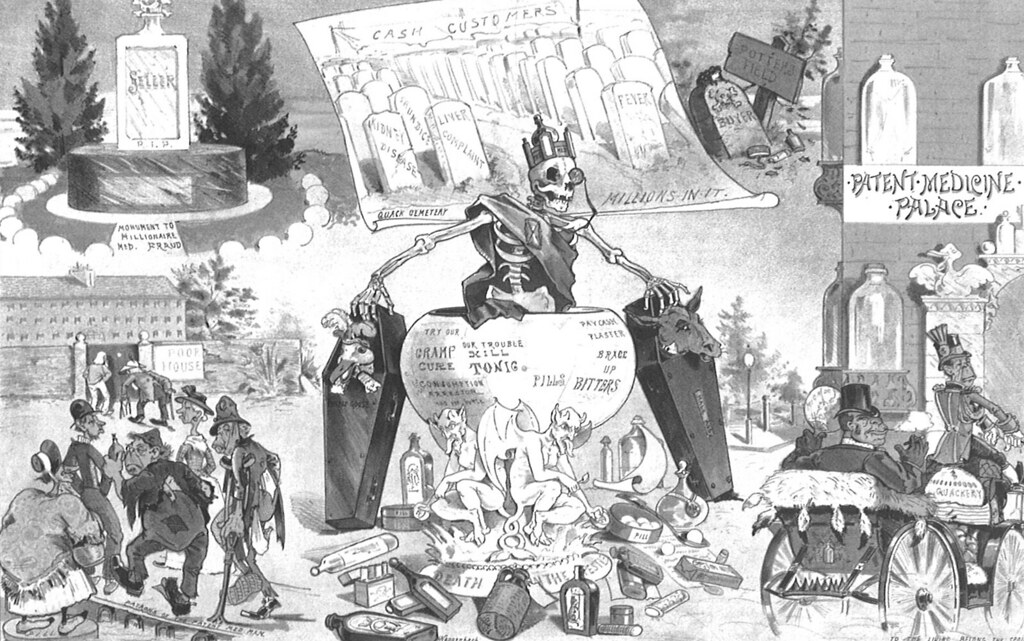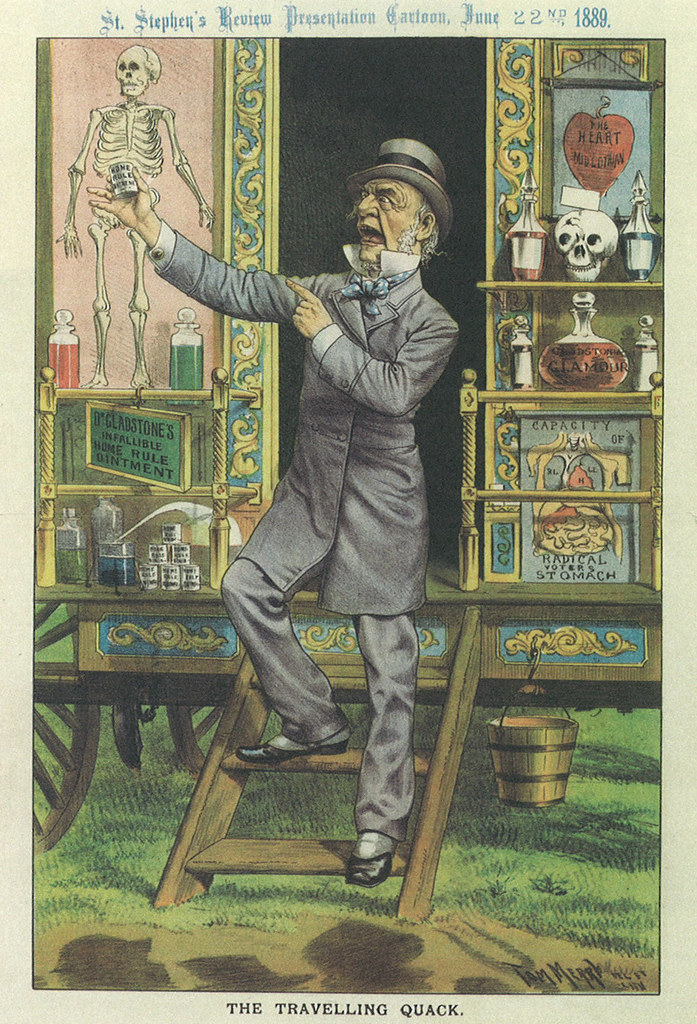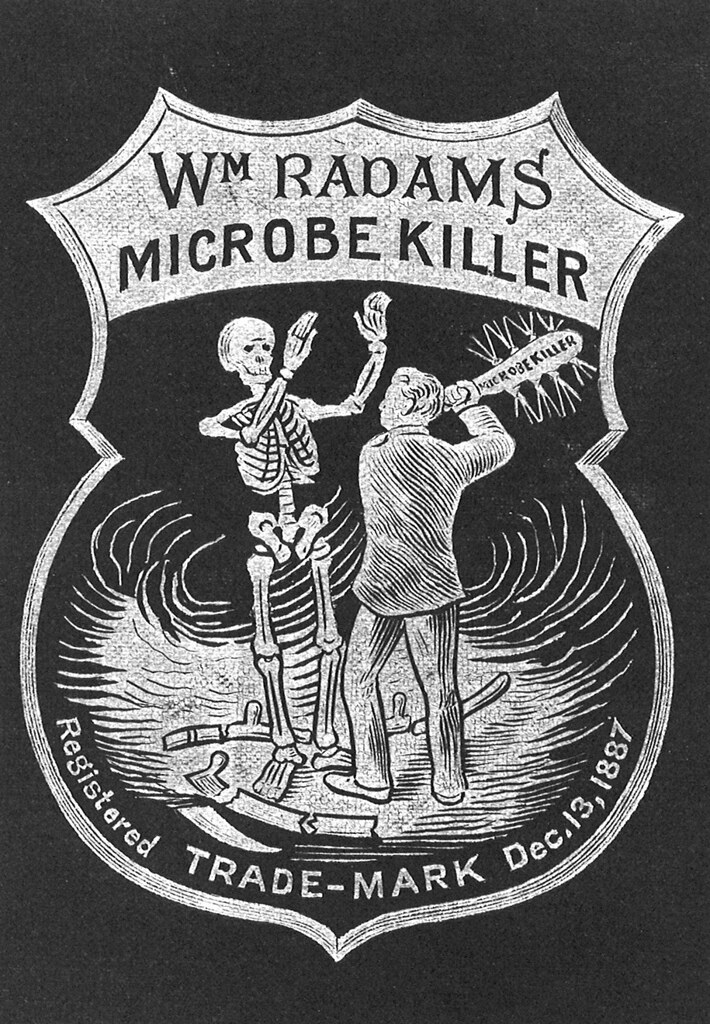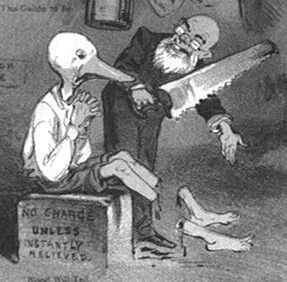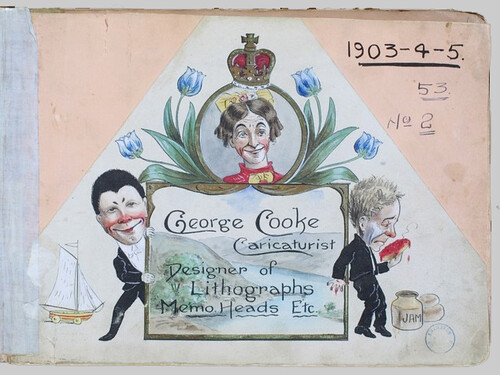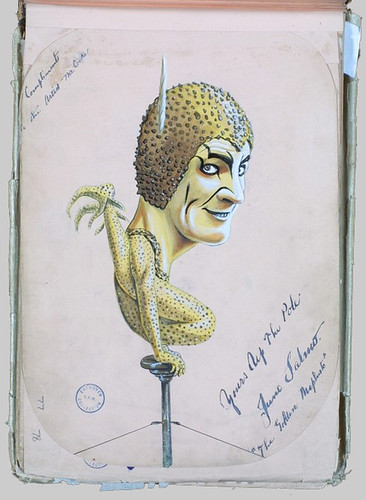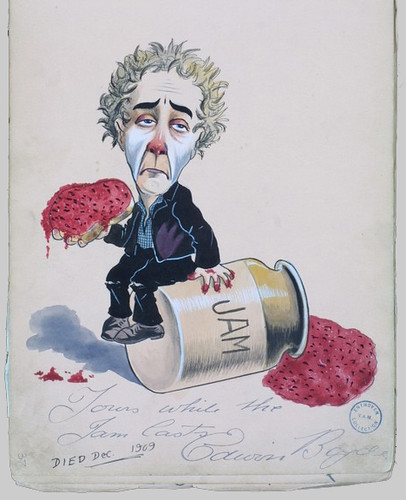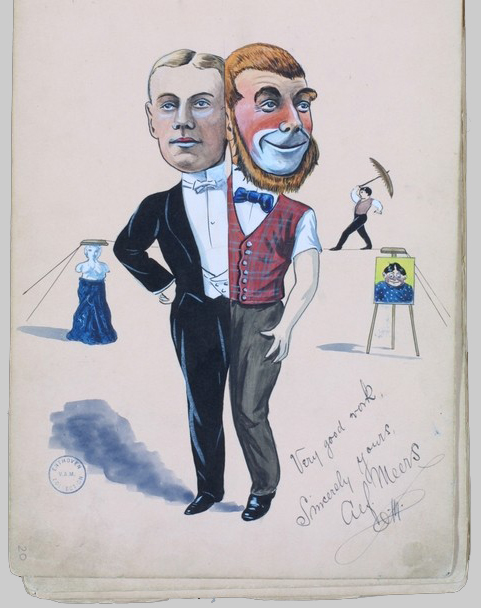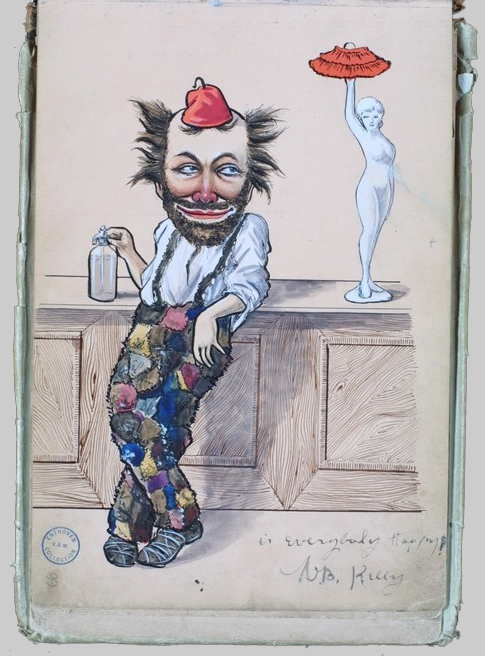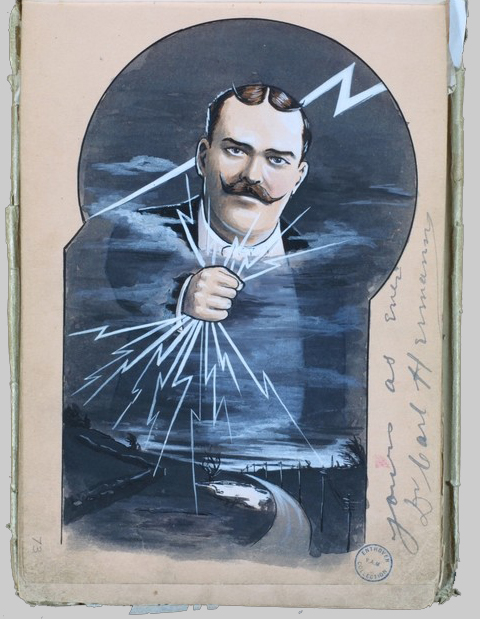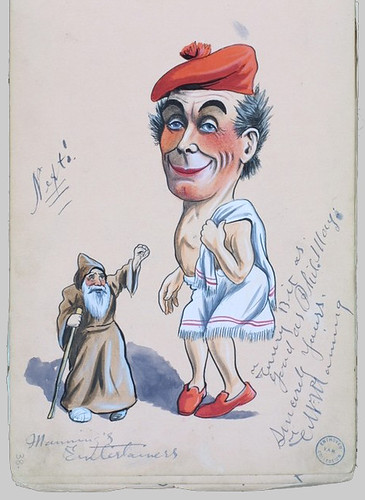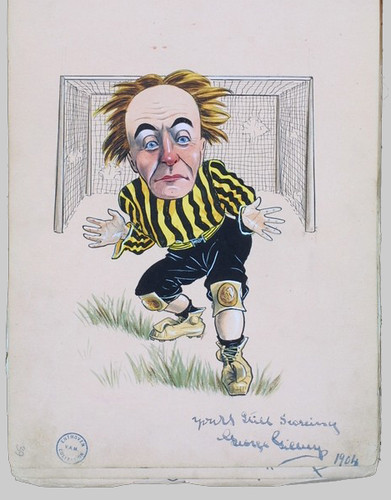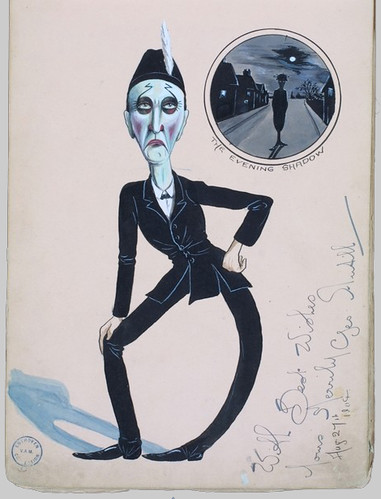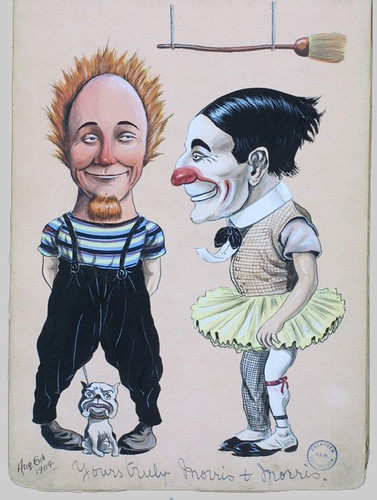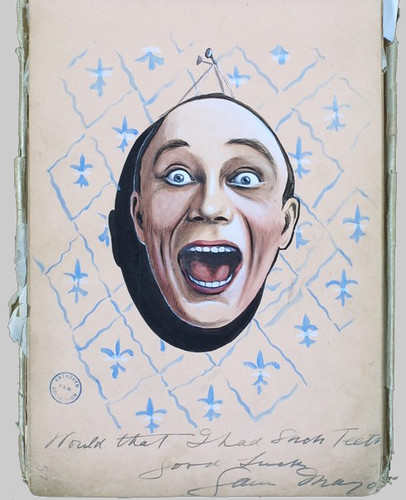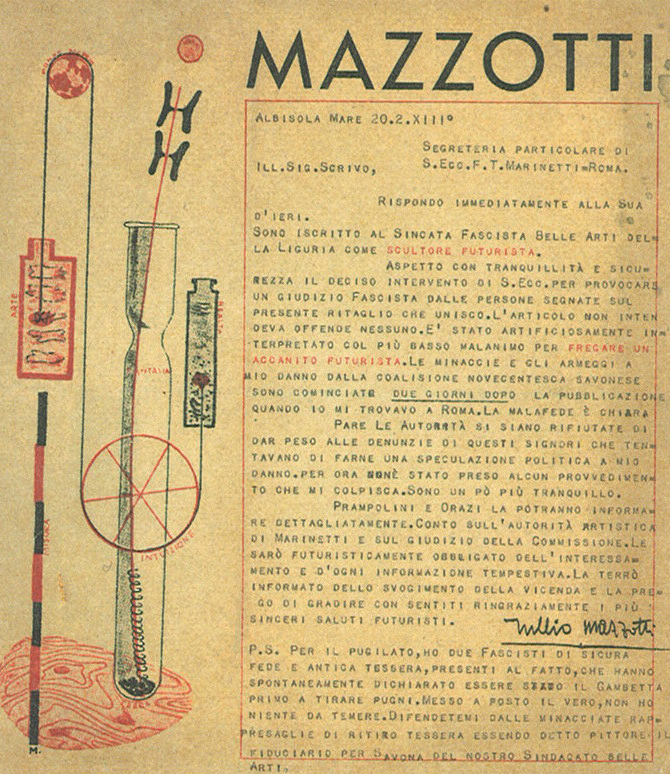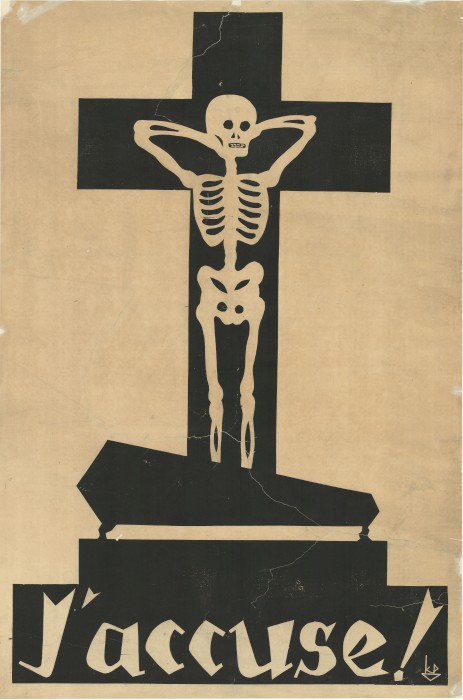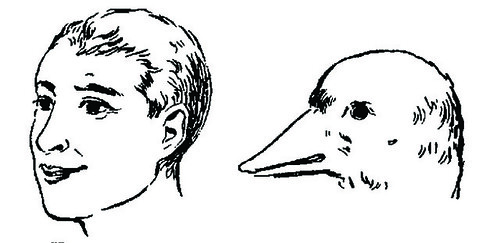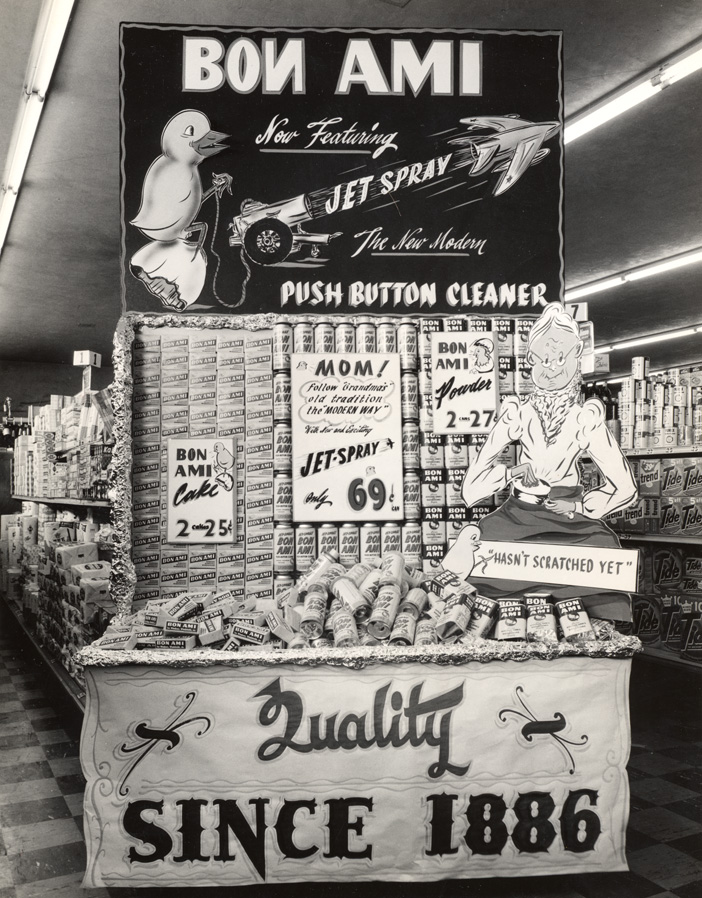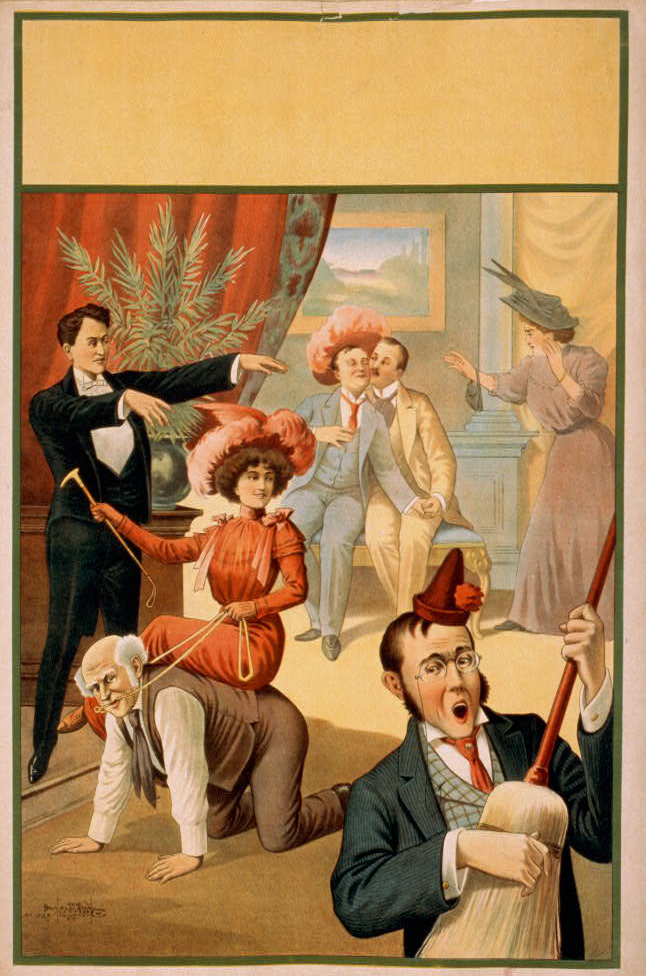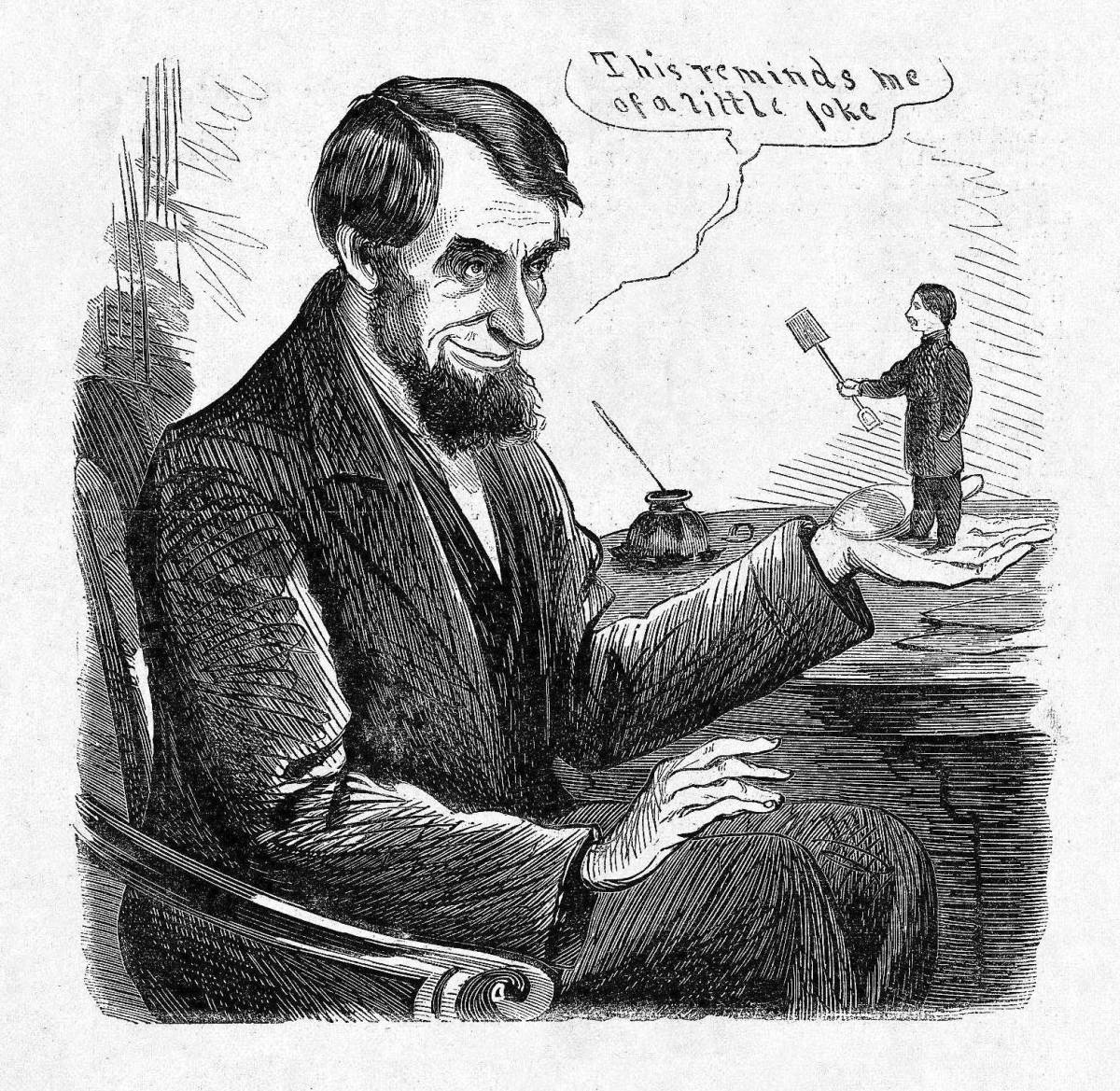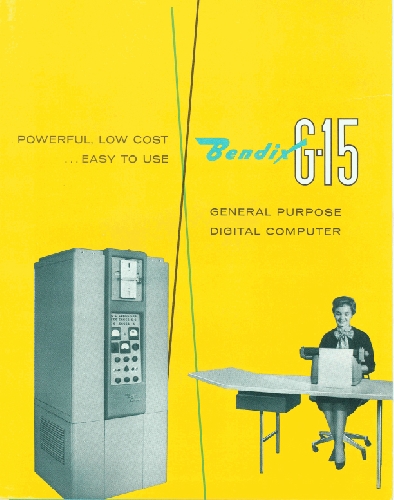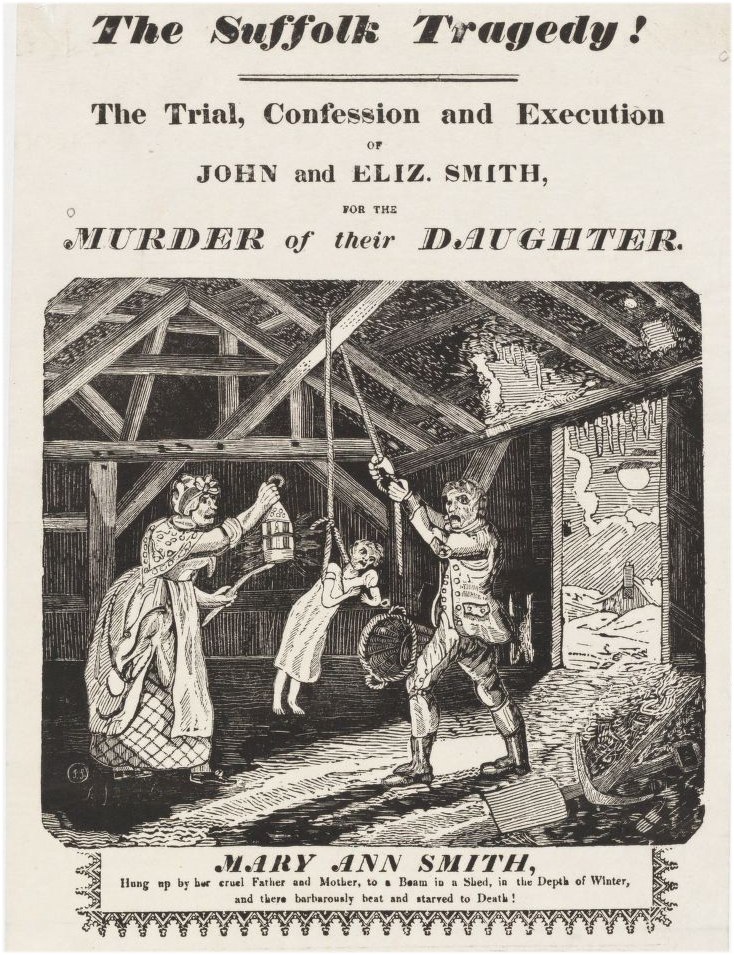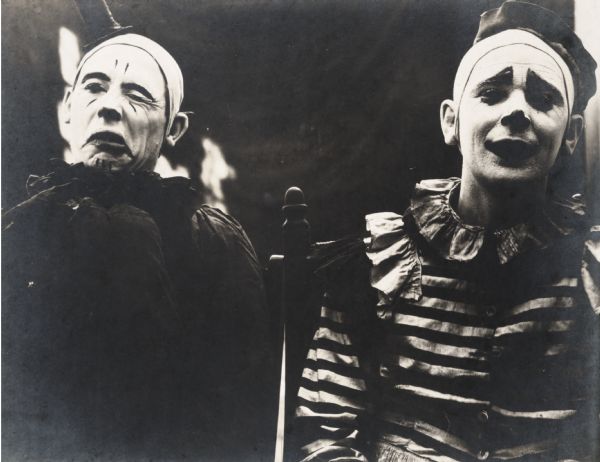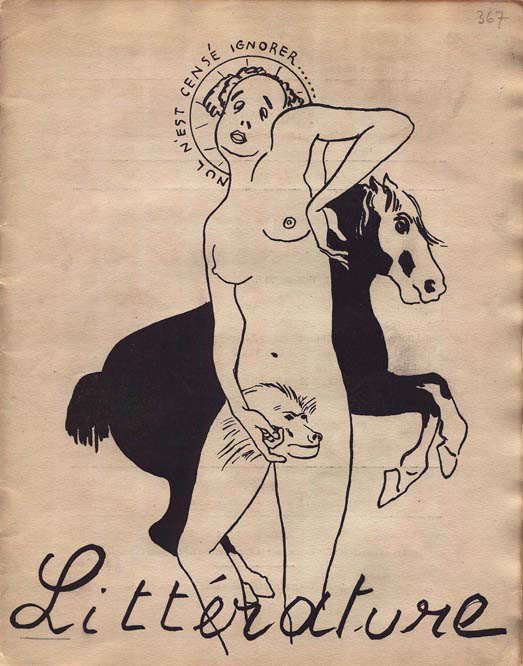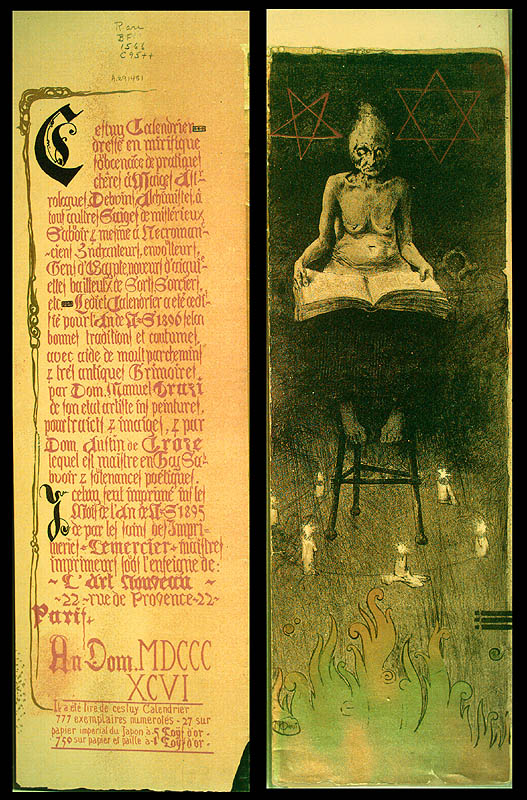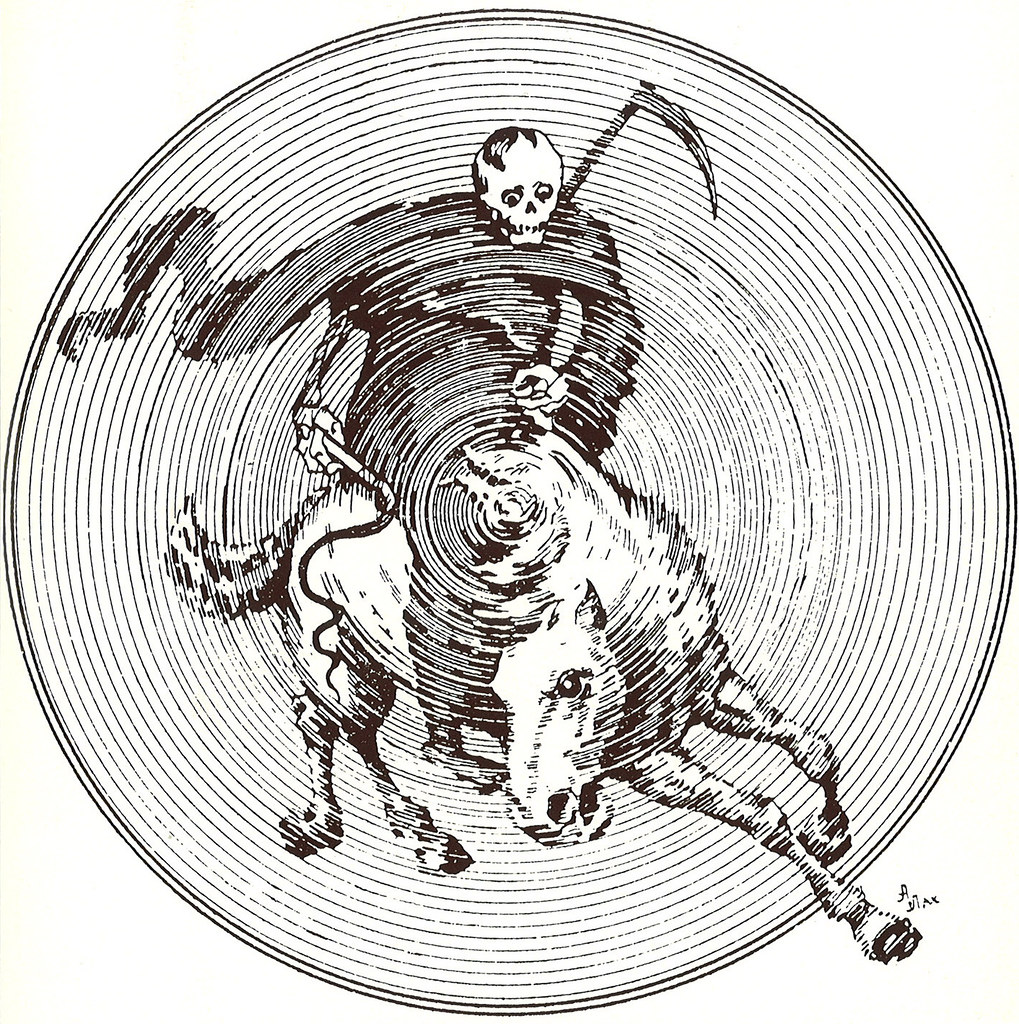
from Leshii (Woodgoblin) No. 2, 1906
"Sunday 9 January 1905: Hundreds of thousand of workers assemble in the streets of St Petersburg. They are in their Sunday best and accompanied by their elderly relatives and children. There are no banners or slogans though some carry icons or church emblems, for this is to be a peaceful demonstration led by an Orthodox priest, Father Gapon. They set off for the Winter Palace, bearing to the Tsar their petition for a constitution. ‘Sire!!’ it reads. ‘We workers have come to you to seek justice and protection. We are in great poverty, we are oppressed and weighed down with labors beyond our strength. We are insulted, we are not recognized as human beings…’
For two cold hours they stand waiting in the snow for Tsar Nicholas to appear and receive their petition. A shot rings out, and they stamp their feet. Another, and they laugh that it must be blanks. A third, and suddenly women and children slump lifeless int eh snow. Still they assure themselves that this must be a mistake, for the Tsar would not shoot down unarmed civilians. But now the gendarmes are galloping in the crowd, and the slaughter has begun. The shooting continues all day long. The dead are counted in the hundreds, the wounded in the thousands, their blood spilt on the Schlusselberg Highway, the Troitsky Bridge and the Nevsky Gates. But the police cart away the bodies so quickly that it is impossible to know the full toll.
Bloody Sunday killed superstition, the old faith in a just Tsar, and unleashed a tumultuous rage among the masses. Father Gapon was soon forgotten, ‘his priestly rode’, wrote Trotsky, ‘a mere prop in the drama whose true protagonist was the proletariat’. A huge wave of strikes swept the country, paralyzing more than 100 towns and drawing in a million men and women. Throughout the summer peasants rioted while terrorists struck at figures of authority.
Alongside the struggle in street and factory was the struggle for the free press. Ministers and clerics suffered assassination more by the pen than the bullet as the revolution strove for the expression of powerful emotions long suppressed. A flood of satirical journals poured from the presses, honouring the dead and vilifying the might. Drawings of frenzied immediacy and extraordinary technical virtuosity were combines with prose and verse written in a popular underground language, veiled in allegory, metaphor and reference to the past.
Russia had a rich history of satirical journalism. In the 1770s, in the reign of Katherine the Great, an elite of intellectuals close to the court developed a new ‘aesopian’ language – deeply subversive to the enlightened autocracy – to express their opposition to the old regime. The satire of the court flourished until the shadow of revolution in Europe drove the Empress to suppress it. Again in the 1860s highly popular satirical journals sprang up, drawing consciously on their courtly predecessors to curse the Crimean War and Tsar Alexander II’s empty promises of reform. While populist revolutionaries went ‘to the people’ to make common causes with the peasants, radical journalist set out to collect folk-stories, popular sayings, soldiers’ songs and workers’ ballads. The old allegorical vocabulary was joined to the language of popular satire. By the 1870s these journals has been closed down, but this language was now part of the everyday speech. Satirical writing returned to the underground, where it flourished, rooted in popular protest, until 1905. It was then that satire achieved its full power.
Fore a few brief months the journals spoke with a great and unprecedented rage that neither arrest nor exile could silence. At first their approach was oblique, their allusions veiled, and they often fell victim to the censor’s pencil. But people had suffered censorship for too long. Satirist constantly expanded their territory and their targets of attack, demolishing one obstacle after another as they went, thriving on censorship. The workers’ movement grew in boldness, culminating in the birth of the St Petersburg Soviet of Workers’ Deputies, the people’s government. For fifty days the Tsar and his ministers were confronted by another power, another law. Journalist and printers seized the right to publish without submitting to the censor. The satirical journals then reached their apotheosis, until the revolution died as it had risen, bathed in blood.
More clearly than any party resolution or government proclamation, the caricatures of 1905 tell the story of that heroic failure – and they are a symptom of that failure too…they chronicle with incredible vividness that moment of the transition from Tsarist despotism to Bolshevik revolution." -by Cathy Porter, from Images of Revolution: Graphic Art from 1905 Russia
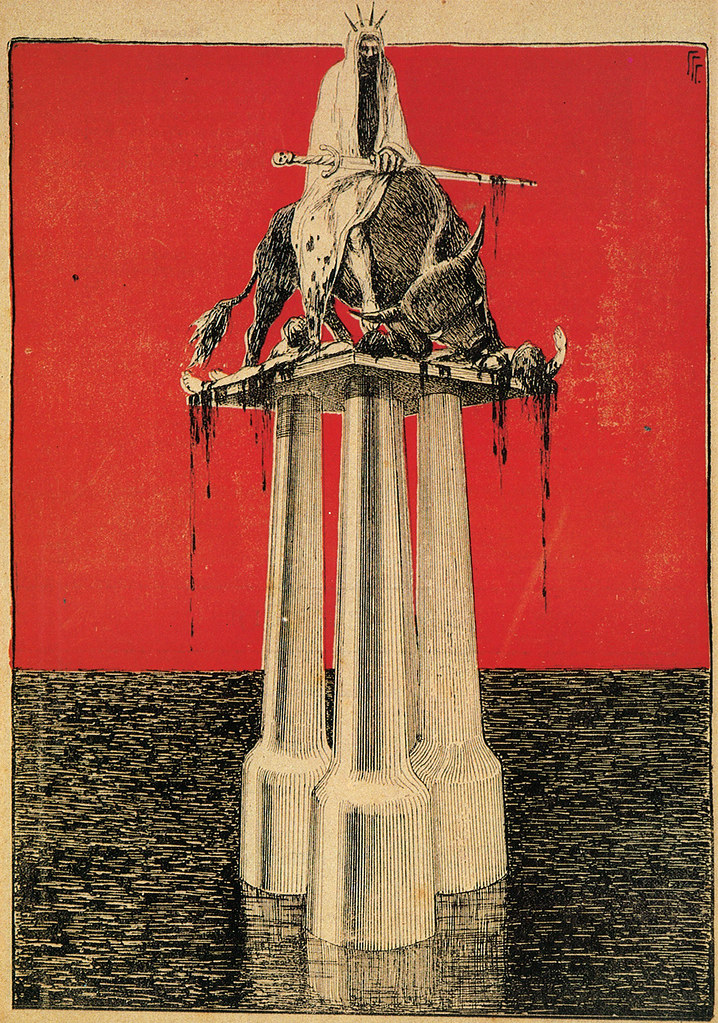
from K Svetu (Towards the Light) No. 3 1906
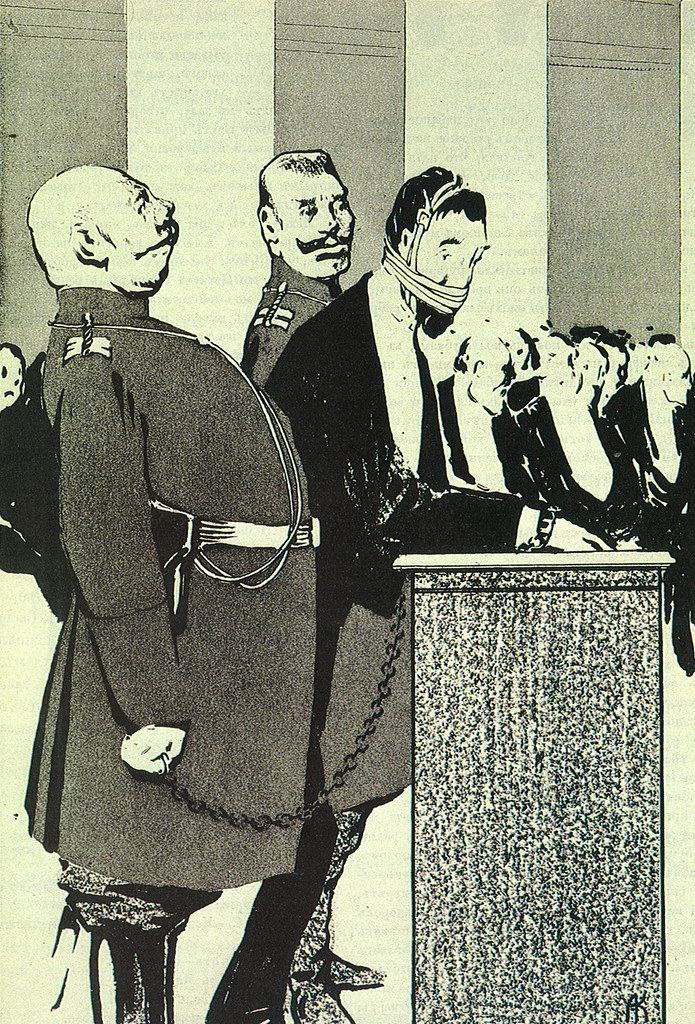
"In the State Duma. 'Interpellation'"by Alexander Kudinov. Leshii No. 1, 1906

from K Svetu (Towards the Light) No 2, 1906

Strana Mechty (Land of Dreams) No. 1, 1906
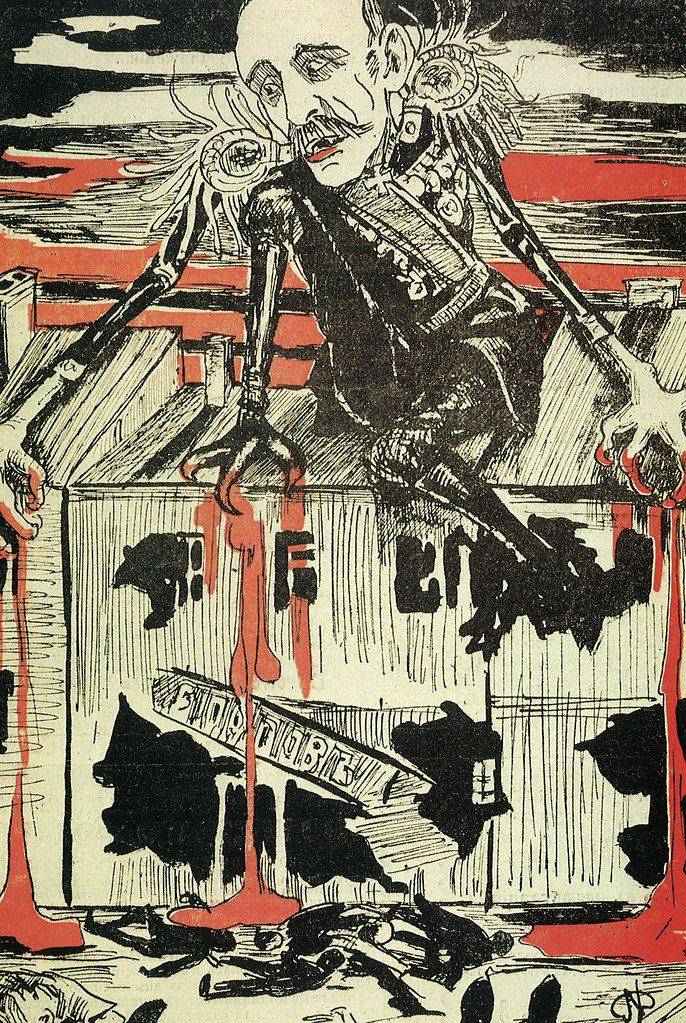
"The Moscow Vampire" - Volshebny Fonar No. 2, 1906 (depiction of Governor-General Fedor Vasilevich Dubasov)
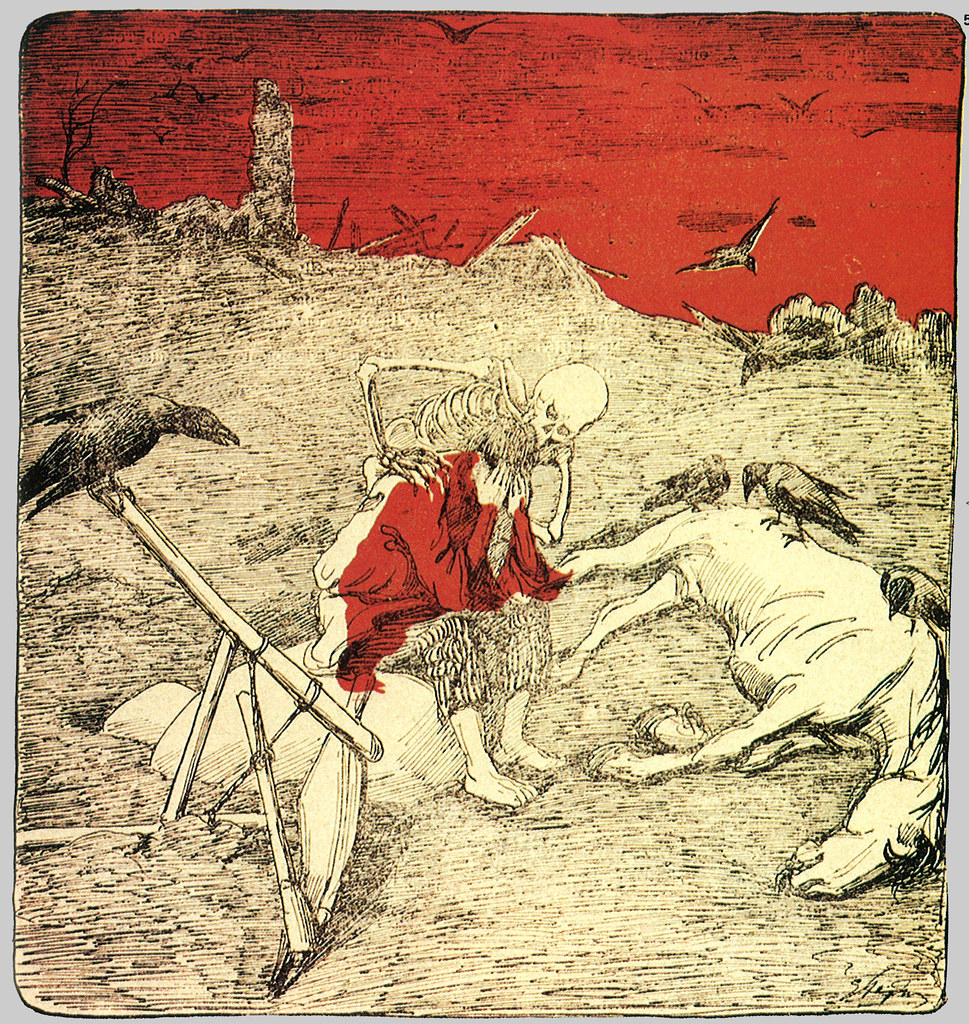
from Kosa No. 4, 1906
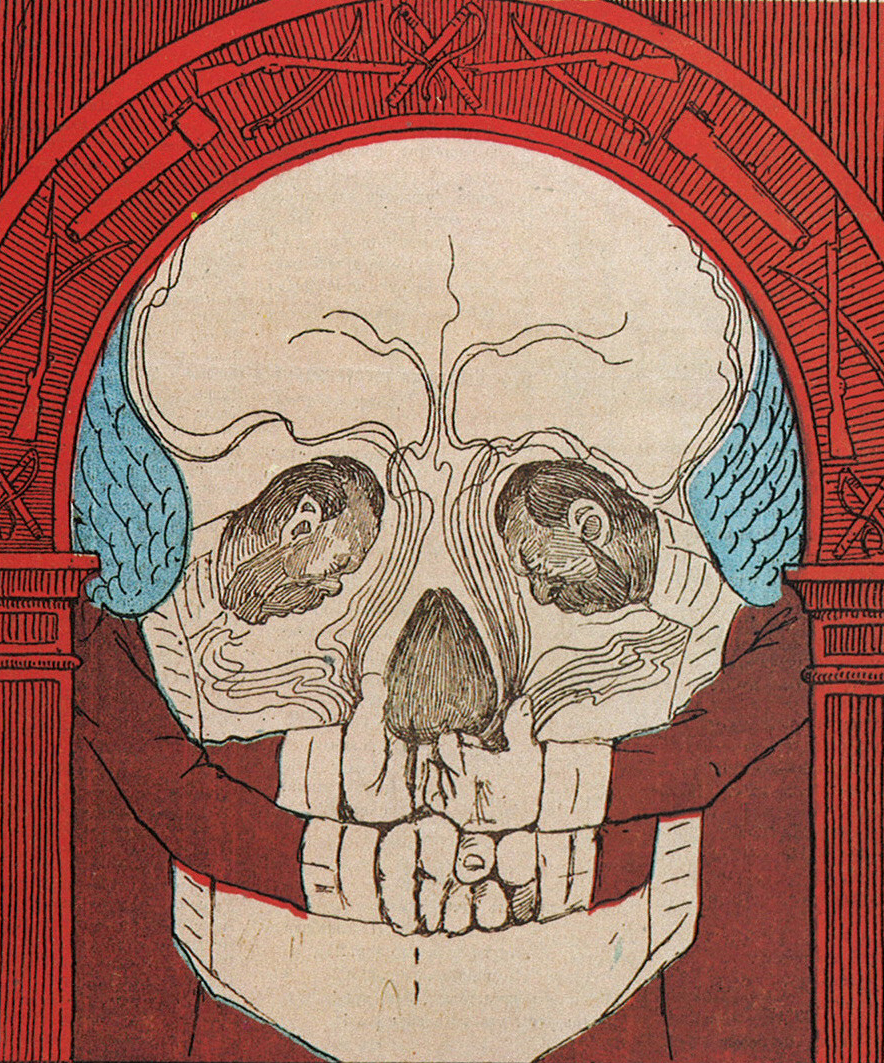
from Pchela No. 3, 1906

from Zarnitsy No. 8, 1906 (Witte and Durnovo burning the books)
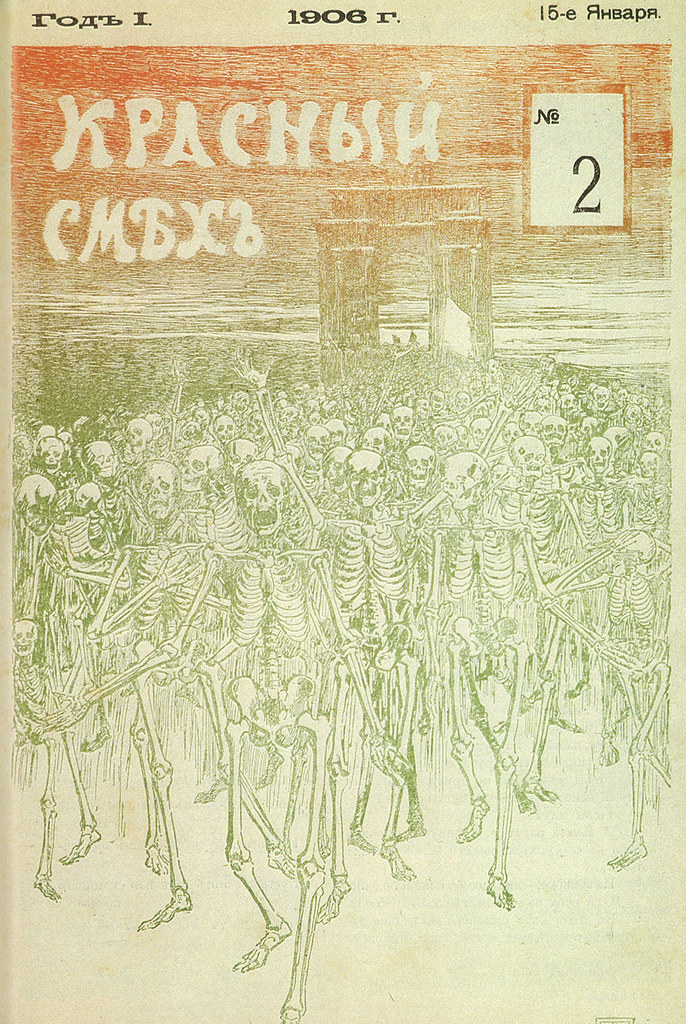
Krasny Smekh (Red Laughter) No. 2 1906, by Boris Kustodiev
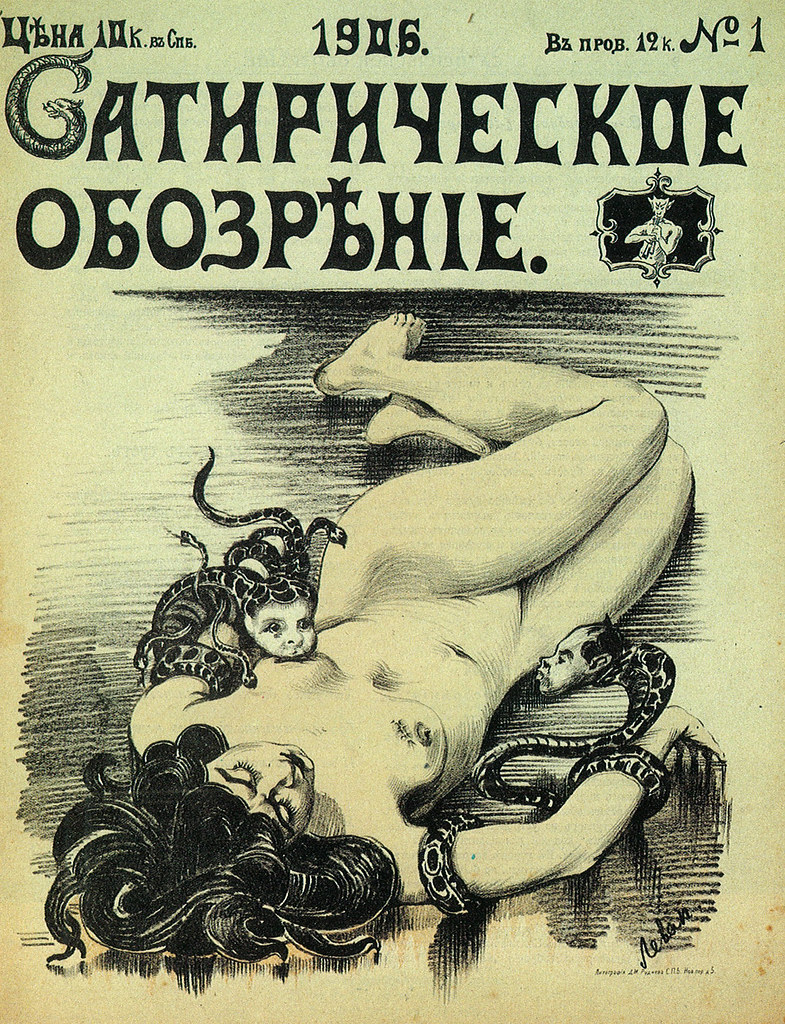
Satiricheskoe Obozrenie (Satirical Review) No. 1, 1906
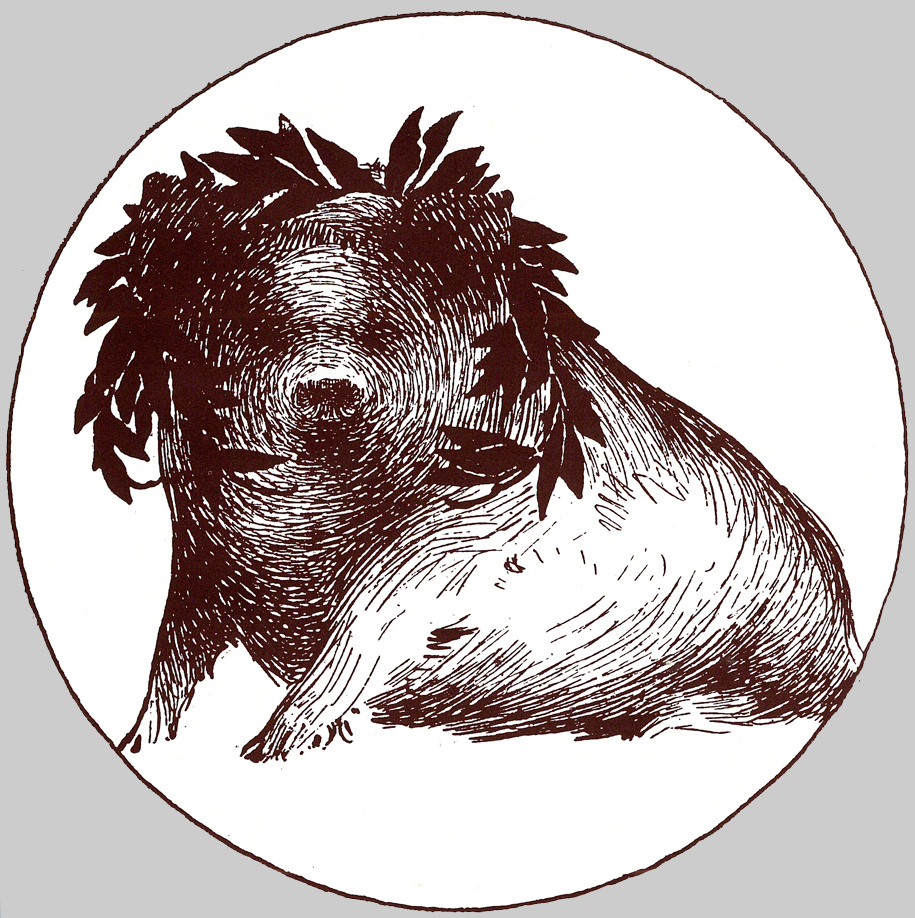
"The Triumphant Pig" - Maski (Masks) No. 8, 1906
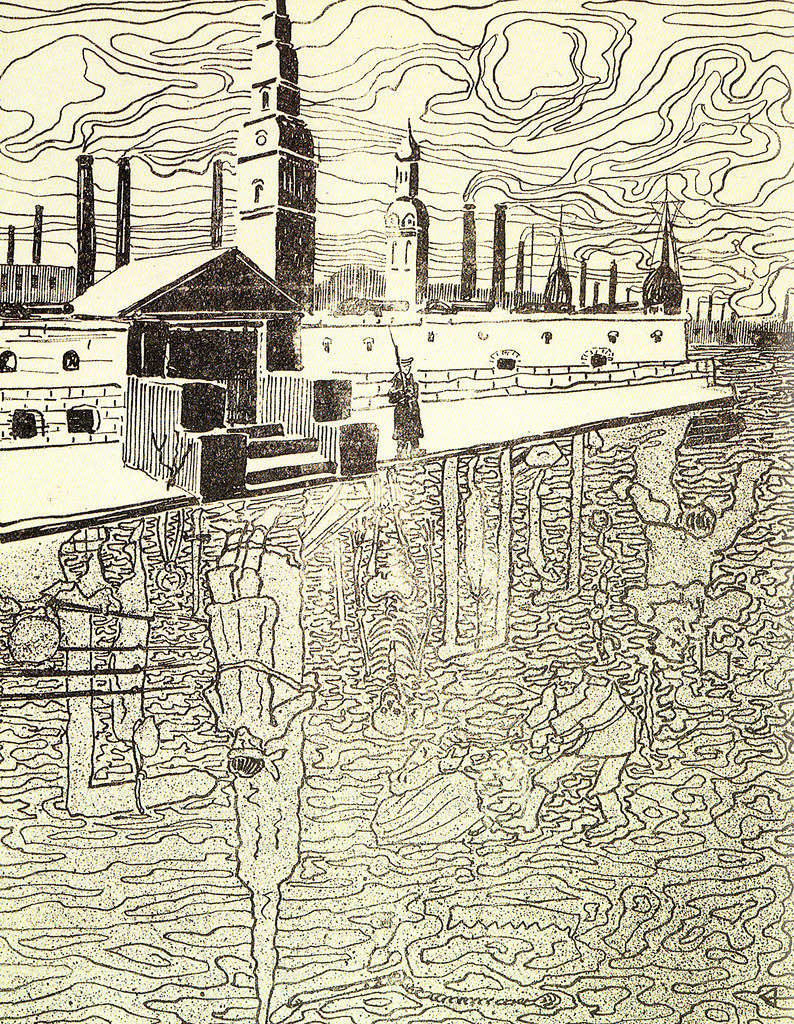
"The Treacherous Neva Reflected Everything" - Volshebny Fonar (Magic Lantern). No. 1, 1906
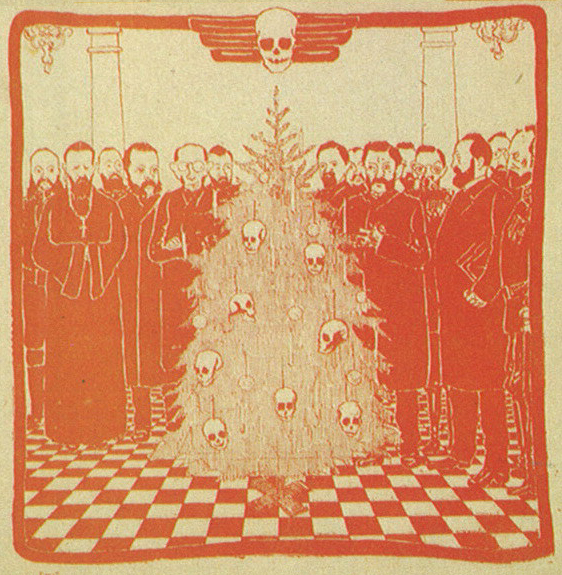
"Christmas Tree" - Burelom (Storm-Wood), Christmas 1905
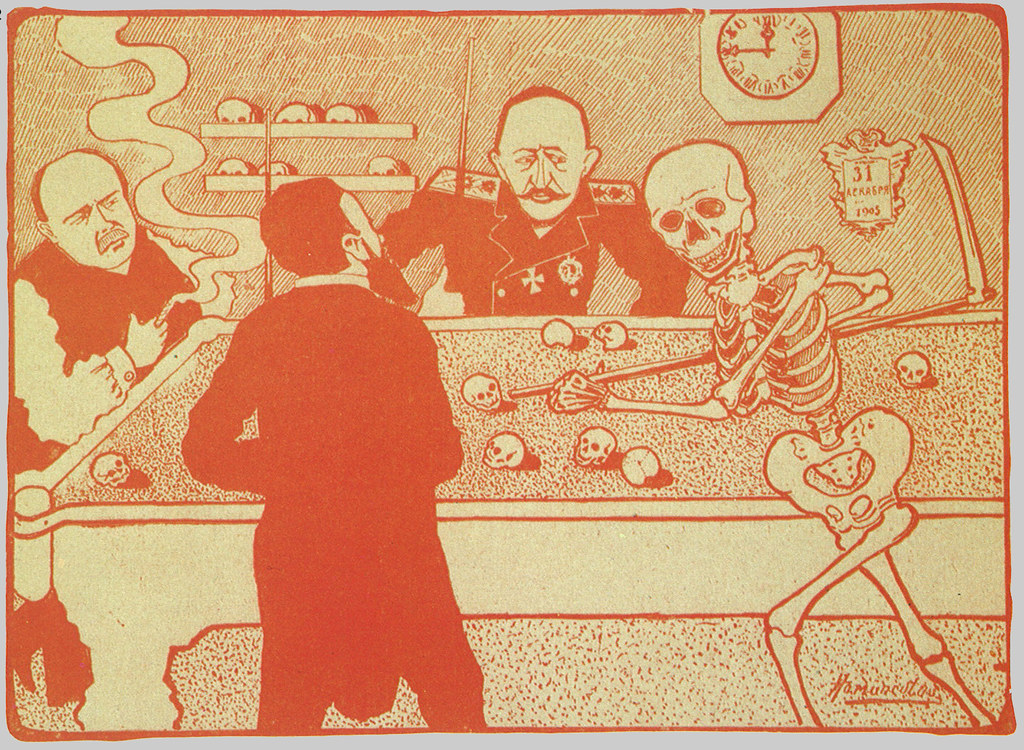
"31 December 1905" Burelom (Storm-Wood), Christmas 1905. Facing is Drubasov, the Governor-General of Moscow and organizer of the suppression of the Moscow uprising, and Prime Minister Witte is shown with his back turned, playing with death.
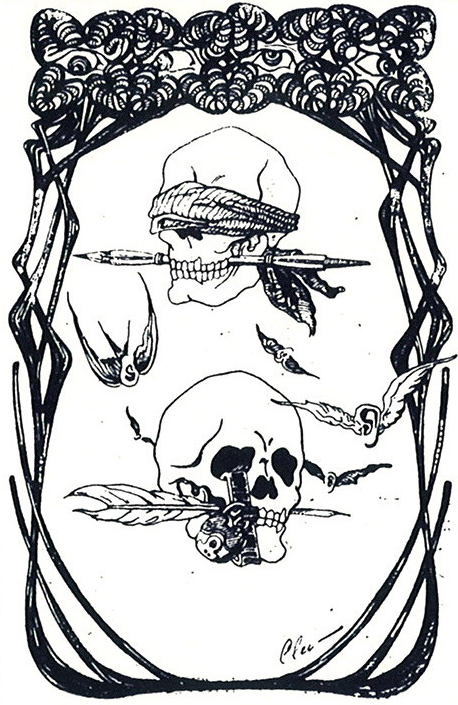
from Zarevo (Dawn) No. 3, 1906

from Zarnitsy (Summer Lightning) No. 1, 1906
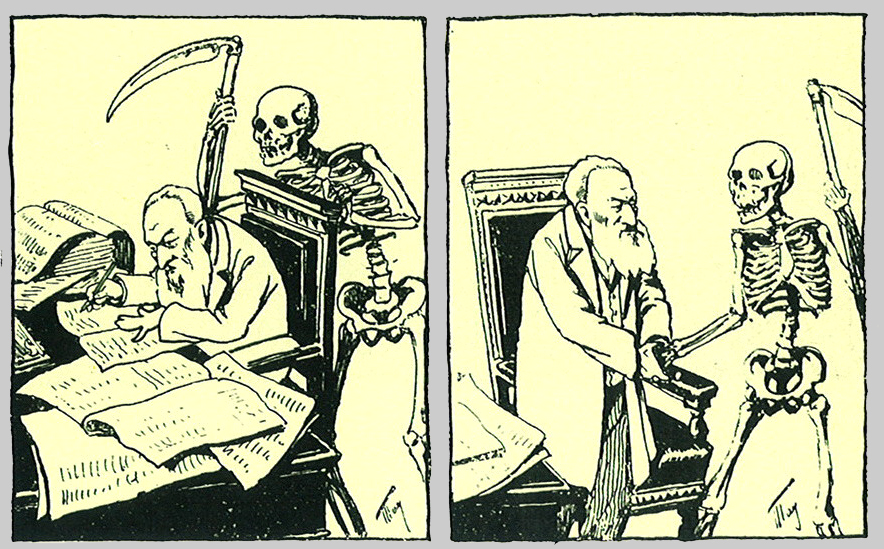
-
All of the images come from David King and Cathy Porter's Blood and Laughter : Caricatures From the 1905 Revolution [link]
I haven't yet got my hands on it but David King and Cathy Porter also published Images of Revolution: Graphic Art from 1905 Russia [link]
also, once again, see Yale University's collection at Beinecke Rare Book & Manuscript Library [link]
my previous post on the subject [link]
see Trixie Treat's post on the journals [link]

